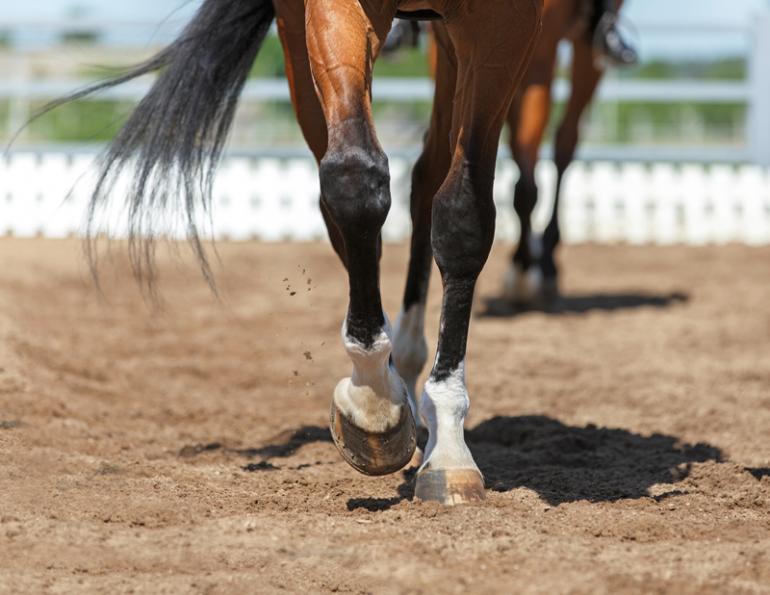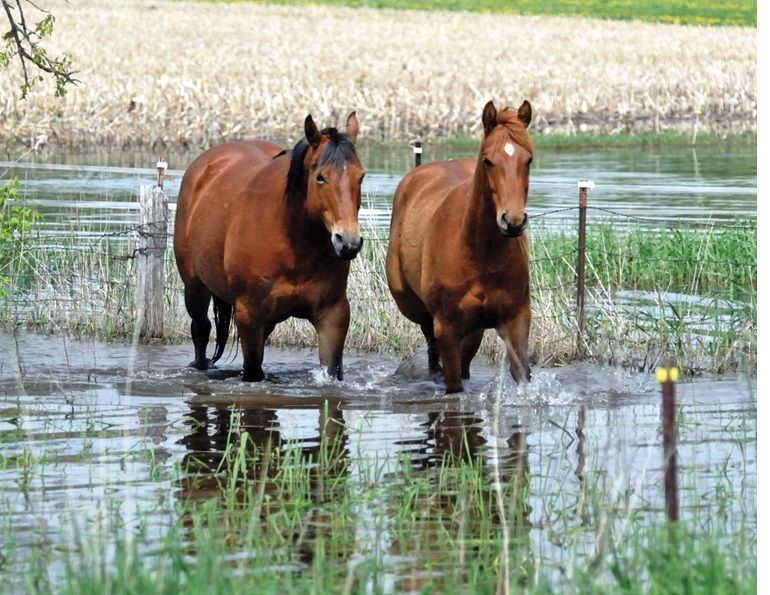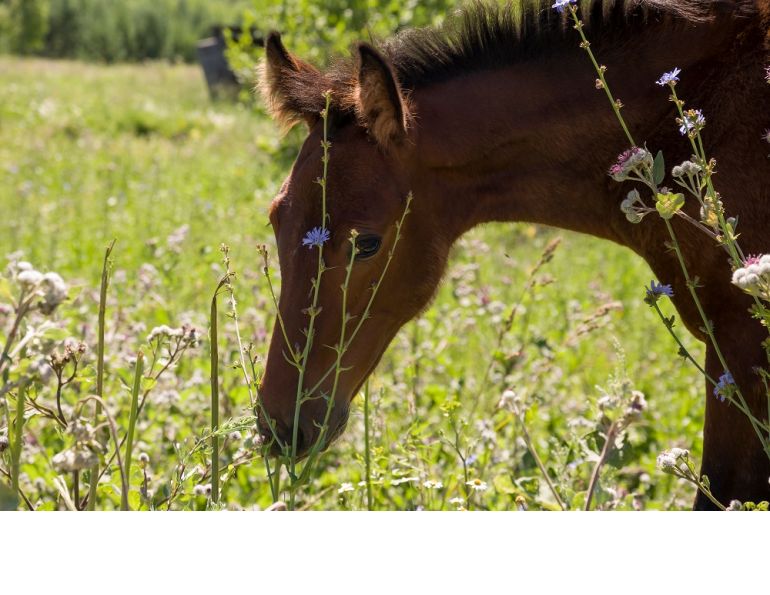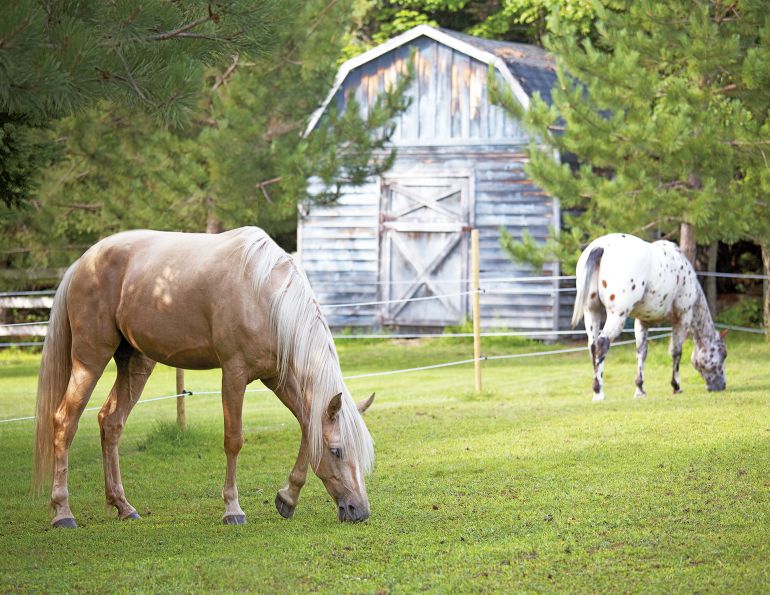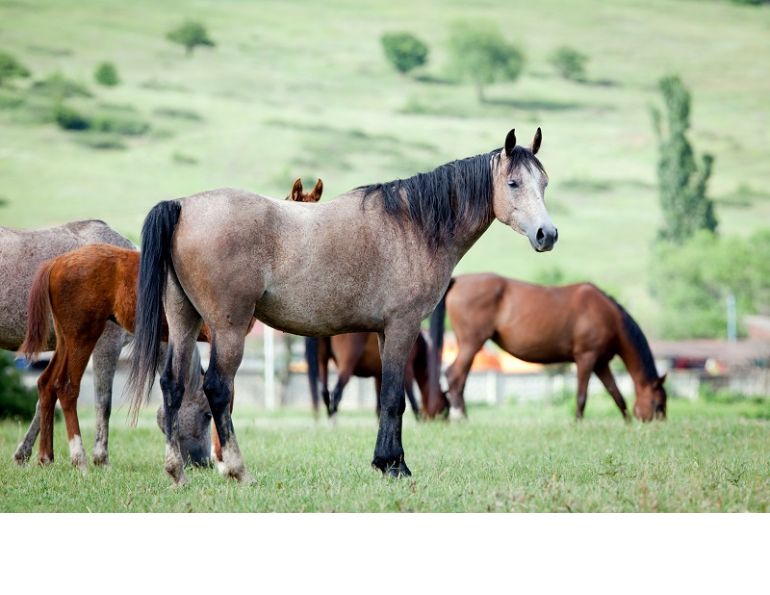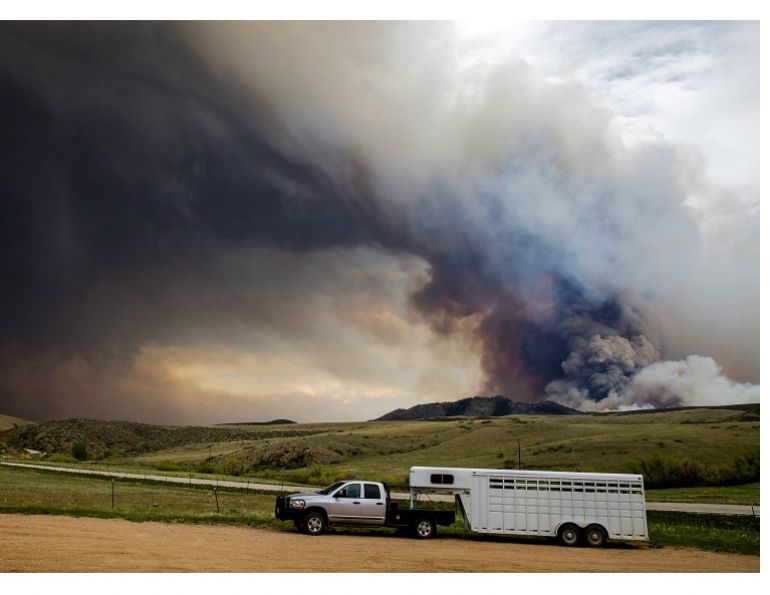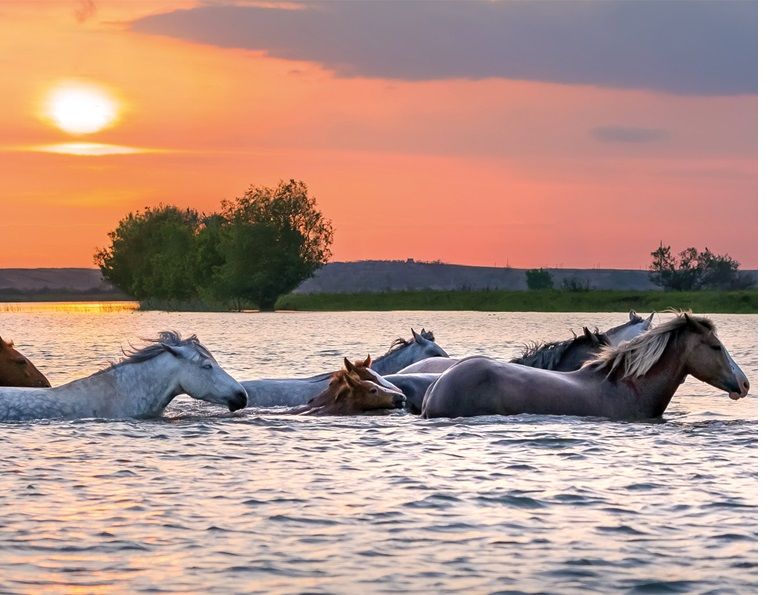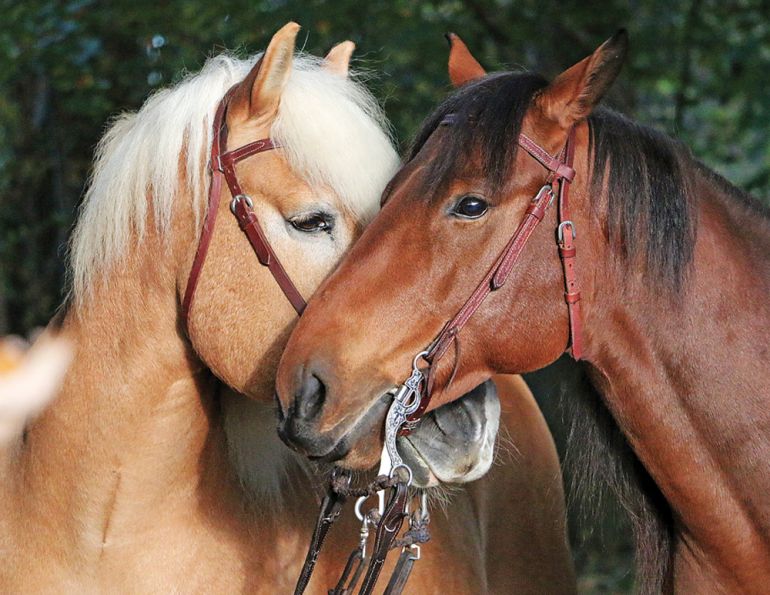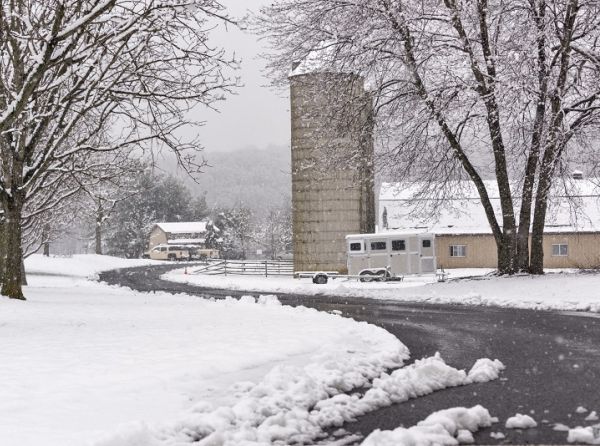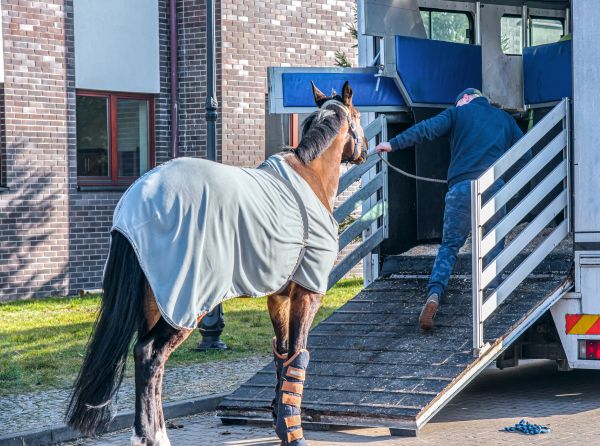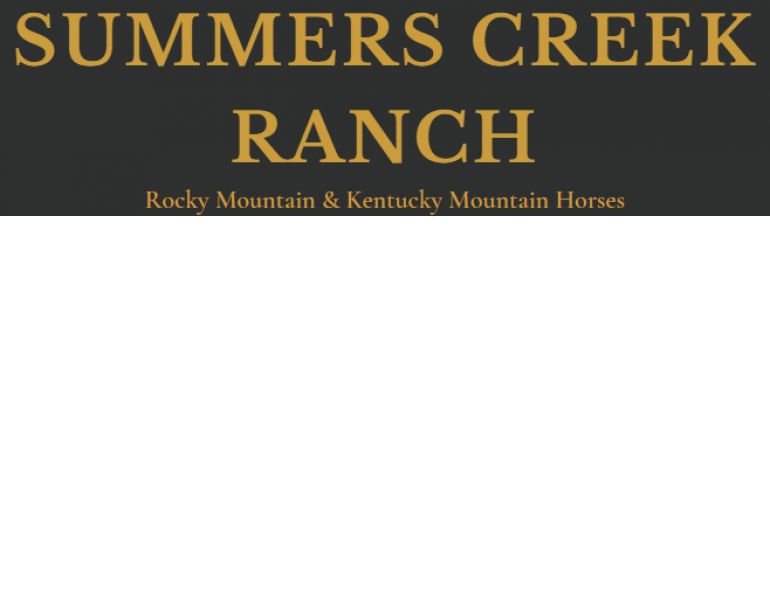By Barbara Sheridan
Often times, horse owners feel their beloved equines are simply a magnet for injuries. Being accident prone just seems to be in their nature, most times brought on by their instinctive fight-or-flight response, their need to establish herd hierarchy, and in some cases, their sense of natural curiosity.
By spending time minimizing the various hazards found on your property through identification and removal, you’ll be one step closer to making your barn and property safer for your horse.
“There is no such thing as an accident, they are only incidents,” says Dr. Rebecca Gimenez, Primary Instructor and President of Technical Large Animal Emergency Rescue Inc. (TLAER), based in Georgia. “No matter how unfortunate the situation, looking back, something somewhere probably could have prevented it from happening in the first place.”
She recommends that horse and facility owners become educated in both prevention and safety in order to identify any possible hazards and take the appropriate action beforehand to help offset an emergency visit from your veterinarian or even worse, having to resort to calling 911.Gimenez provides training in technical animal rescue techniques, procedures, and methodologies across the United States and internationally. In addition to publishing numerous critiques, articles, and journal submissions on horse safety, technical large animal rescue and horse handling issues, she published her first book, Technical Large Animal Emergency Rescue, in 2008.
Related: First Aid for Trail and Home, Part 1: Wounds and Their Treatment
“The issue is usually having enough knowledge to understand where these hazardous problems lie and to act on them,” says Gimenez.
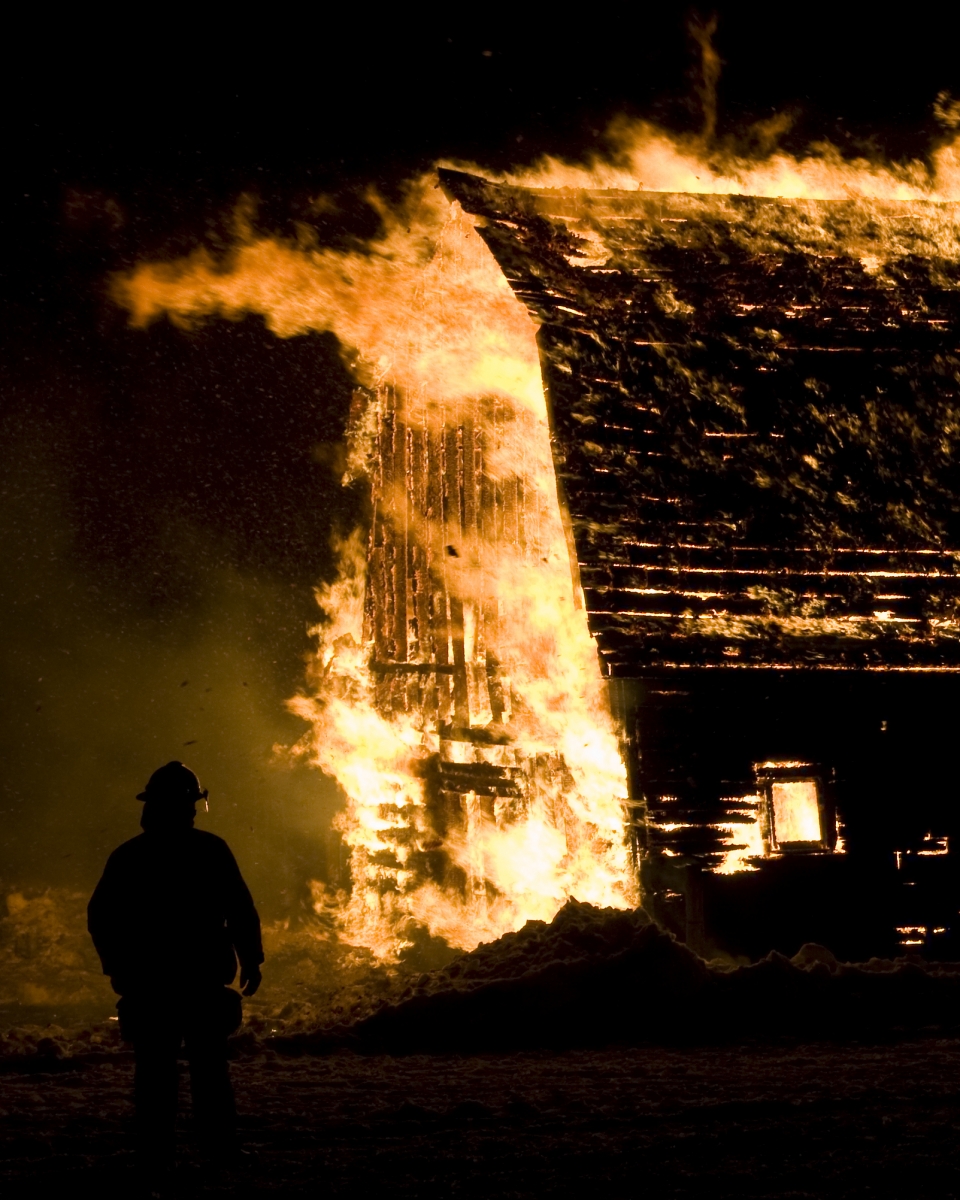
Barn fires are one of the most common emergencies affecting horses. Photo: Mendel Perkins/iStockphoto
Farm properties can commonly become a catch-all for clutter and various safety hazards. Make it a habit to walk the property and be on the lookout for anything that could pose a problem should a horse connect with it. Keep an eye out for any sharp edges or protruding items such as nails, screws, torn metal, etc. Farm and maintenance equipment such as mowers, bailers, and harrows, should all be stored away in their proper place. Take the necessary steps to dispose of any clutter or debris that has been collecting along fence lines, laneways, or around the barn.
Walk your pastures and fill in any holes to prevent torn ligaments or a broken leg, and collect any discarded round bale netting or binder twine – it’s surprising how some horses like to munch on this. Also keep a lookout for any potentially poisonous or toxic plants, such as tansy ragwort, nightshade, cocklebur, etc. While the horses may not have bothered with them in the past, a hungry horse without adequate pasture or hay will eat anything. Inspect not only your grazing field, but your hay as well. For a list of dangerous plants in your area, check with your local Ministry of Agriculture. If you are unable to tackle any of the potential hazards immediately, make note of your findings so that they are not forgotten.
Learn more about identifying hazards on the farm.
Dusts, fumes, and vapours are hidden hazards that can have long-term effects on respiratory health for both horses and the humans who work around them. Poor ventilation can contribute to allergies and respiratory ailments including recurrent airway obstruction (RAO), better known as heaves.
Hidden Hazards
“We’ve all been in barns during the winter, where all the doors and windows are closed up tight because of the cold,” notes Gimenez. “And this comes down to human comfort. We’re cold, so we think the horses are cold and close everything up. Without proper ventilation, the horses breathe in all that dust and ammonia. This is an unseen hazard that a lot of people don’t think about.”
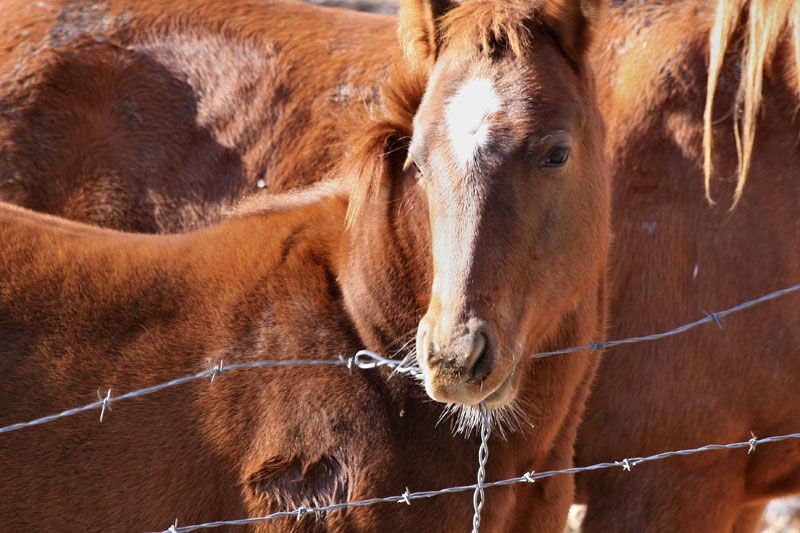
Unsafe fencing is a major contributor to hazards on the farm. Barbed wire is not suitable for horse fencing and is particularly unsuitable for mares and their nosy foals.
Statistics show that the two most common emergencies affecting horse owners are trailer wrecks and barn fires, notes Gimenez. This is followed by entrapment-type emergency situations where the horse is stuck in mud or icy water, tangled in fences, or other around-the-farm situations where they become trapped and cannot remove themselves.
While a necessity, fencing is also a major contributor to hazards on the farm and inspection should be done as part of your daily routine. Don’t forget to check BOTH sides of your fencing and look for any protruding nails or wire, rotting posts, loose boards, dropped gates, etc.
“Make a habit of checking your fences regularly,” says Gimenez. “Not only can your horses injure themselves on broken boards or wires, but it only takes a stiff wind or the snow being so deep that the horses can just step over them, and then they’re loose. And a panicky, loose horse on the run can then open up a whole new set of emergency situations.”
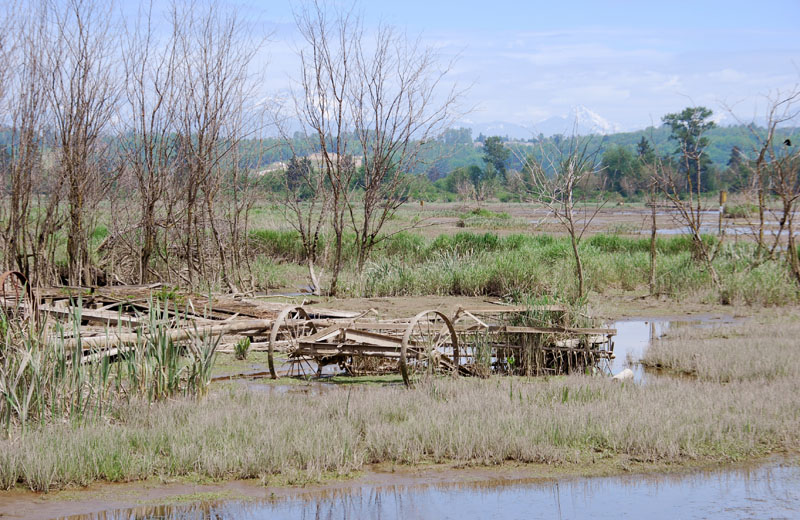
Forgotten farm equipment left in pastures can cause serious accidents if horses become entangled in it.
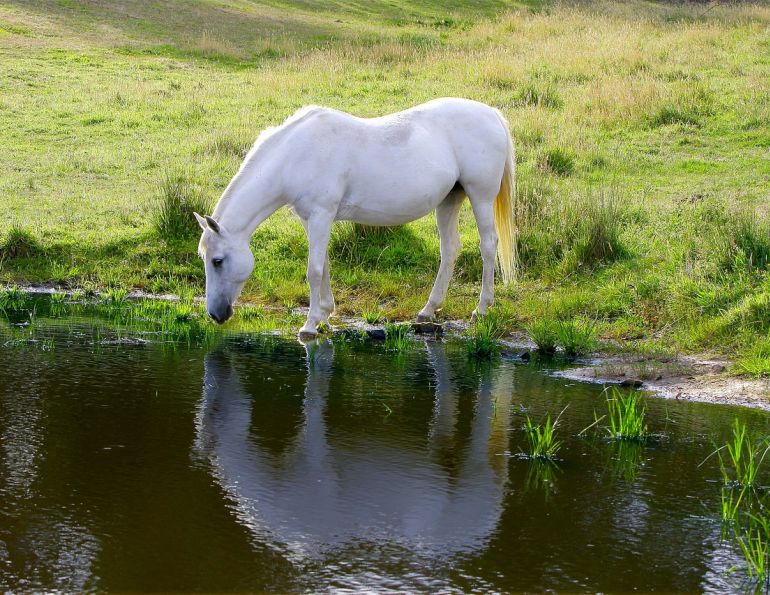
“I can’t stress it enough, take the time to educate yourself on accident prevention and maintain your facilities so as to minimize injury to your horses,” says Gimenez. “They will thank you for it.”
Related: How Climate Change is Affecting Our Horse Industry
Related: Biosecurity on the Horse Farm
Reprinted with the kind permission of Equine Guelph.
Main photo: Canstockphoto/TSpider




